During the First World War, the Étain area was a rear base for the Germans in their attempts to conquer the City of Verdun.
It all began in August 1914 at Rouvres in Woëvre. Over the next few months, the fighting grew more intense. The Étain area became a real battlefield and some villages were totally destroyed.
Many traces are still visible today. Several sites have been restored to allow visitors to learn about this little-known part of what is known as the German front.
Sites to visit
Site of the Herméville Naval Cannon
From 1914 to 1918, the village of Herméville in Woëvre was in the thick of the fighting.
It was occupied from 1914 to 1916 by French troops who set up many camps and barracks.
Some time in 1915, the commander of the Verdun stronghold had a 140 mm 1910 model naval cannon installed in the Herméville woods. The cannon was intended to destroy the infrastructure set up by the Germans.
An observation post was also built at Herméville in the branches of a very large oak tree to identify targets. It is still visible today.
On 21 February 1916, the German offensive on Verdun began by relentless shelling of the French positions. It was called “Trommelfeuer”, or heavy barrage. Sabotaging the cannon, the French evacuated their position, ceding the ground to the German troops who then took the ground and materials.
Things to see: the walking trail around the Herméville cannon
- signposted route for finding traces of French encampment in the undergrowth
- information boards
- see the naval cannon and its carriage restored to their original position
Useful information:
To visit outside
Permanent exhibition at Gincrey
During the First World War, the Germans created four temporary cemeteries around the area of Gincrey. In 1921 and 1922, 495 bodies were transferred to the Hautecourt Abaucourt cemetery.
For decades, tombstones and monuments to the German regiments have been found in various places in the area.
Things to see in the village:
- Displayed remnants of German tombstones
- Permanent exhibition of views of the village before the First World War, during it and when it was being rebuilt.
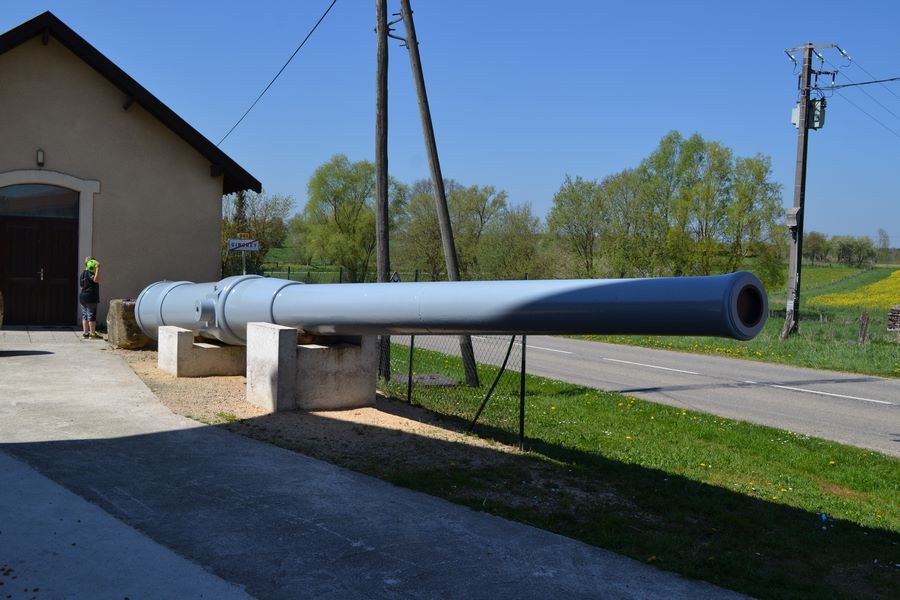 |
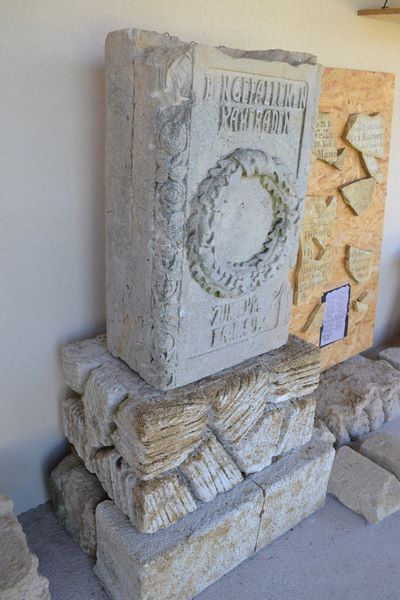 |
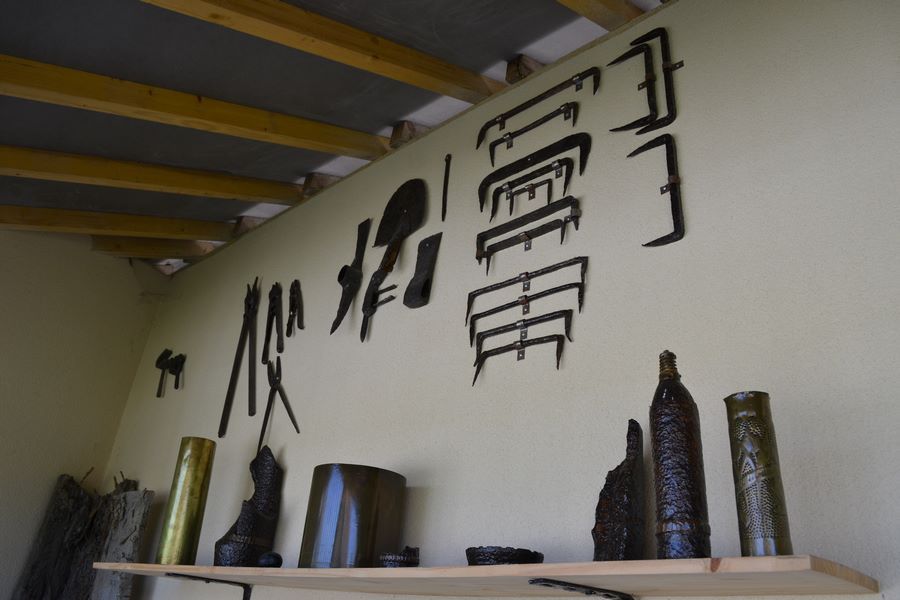 |
Useful information: To visit outside
André Maginot at Maucourt-sur-Orne
Learn about the life of André Maginot when he was staying at Maucourt-sur-Orne.
An extraordinary character, André Maginot was a brave and ingenious soldier, but also a remarkable leader of men. Serving as Secretary of State and then Minister, he had a striking work ethic and cared about improving the lives of the weakest.
Things to see in the village:
“In the footsteps of André Maginot”:
- monument commemorating the wounded and fallen soldiers on 9 November 1914
- orientation board and the old village with shell marks and trenches.
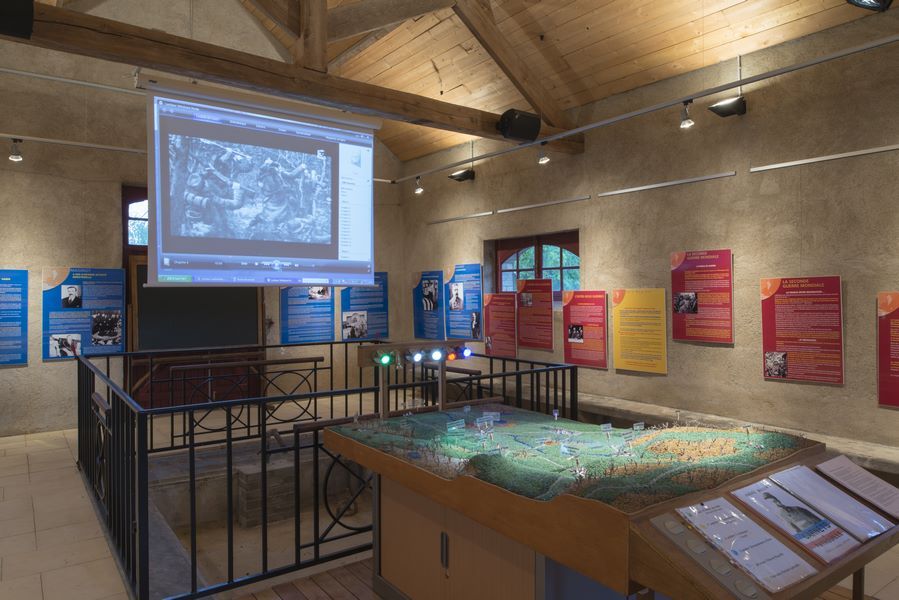 |
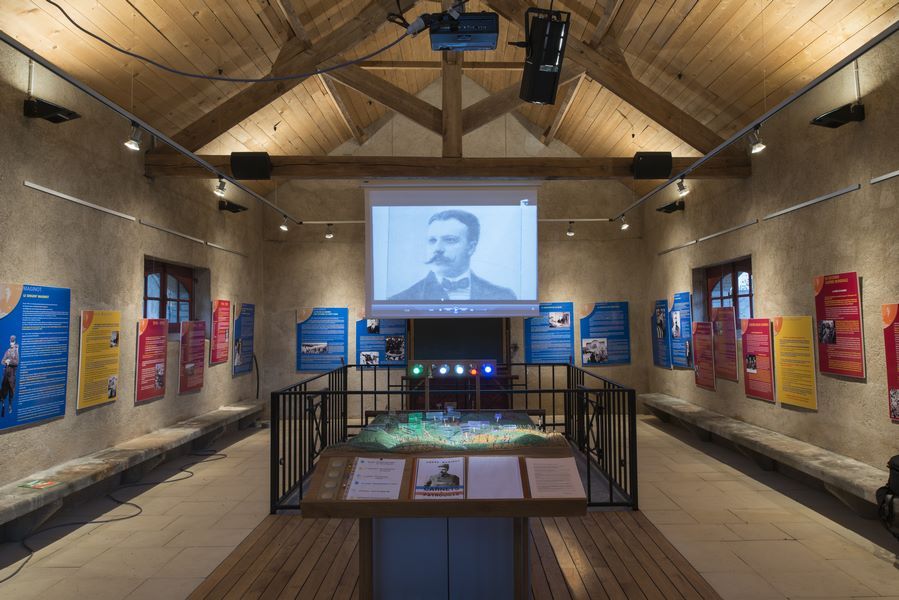 |
Traces of the War at the Tilly Woods
Find German traces of the First World War on a tourist trail located in the local forest of Tilly.
Things to see: blockhouse shelter, bread oven, Hausmann monument.
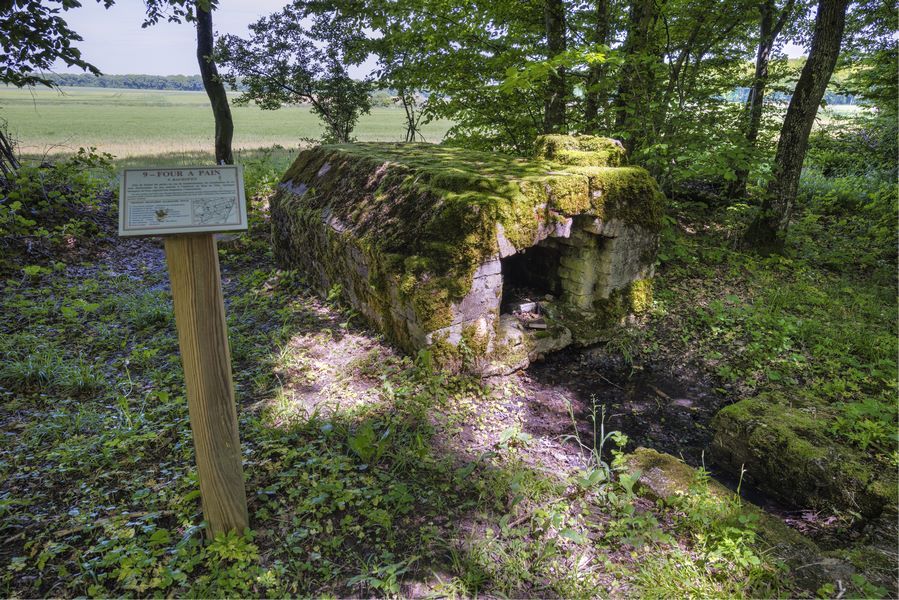 |
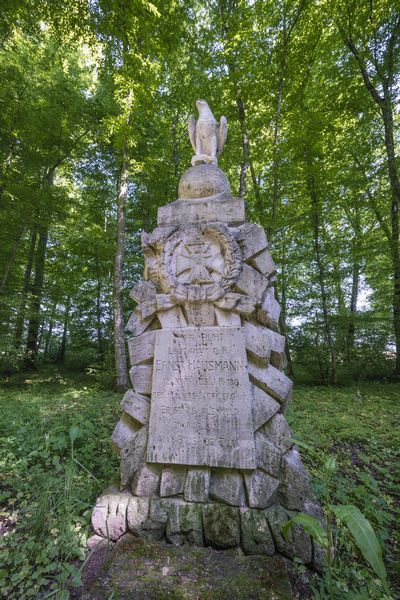 |
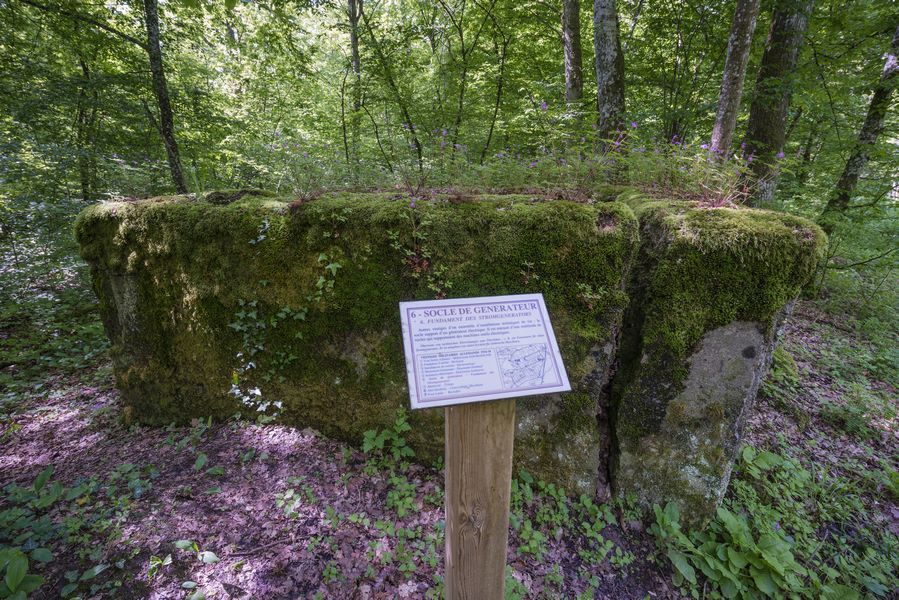 |
Download the routes for the Tilly Woods:
- mountain bike, botanical and health trails in the Tilly Woods
- trail around the traces of the War at the Tilly Woods
Useful information: Open to visit
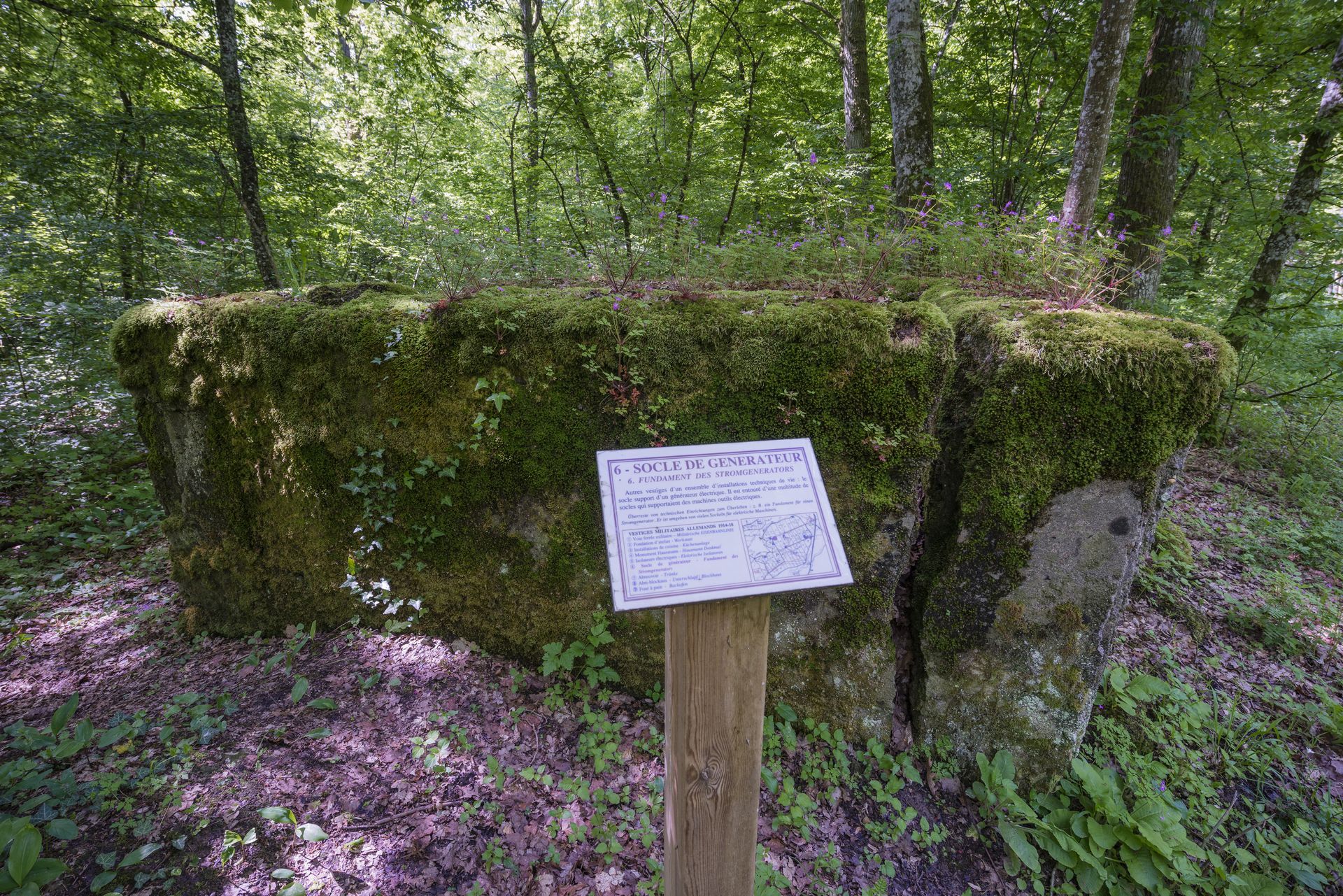




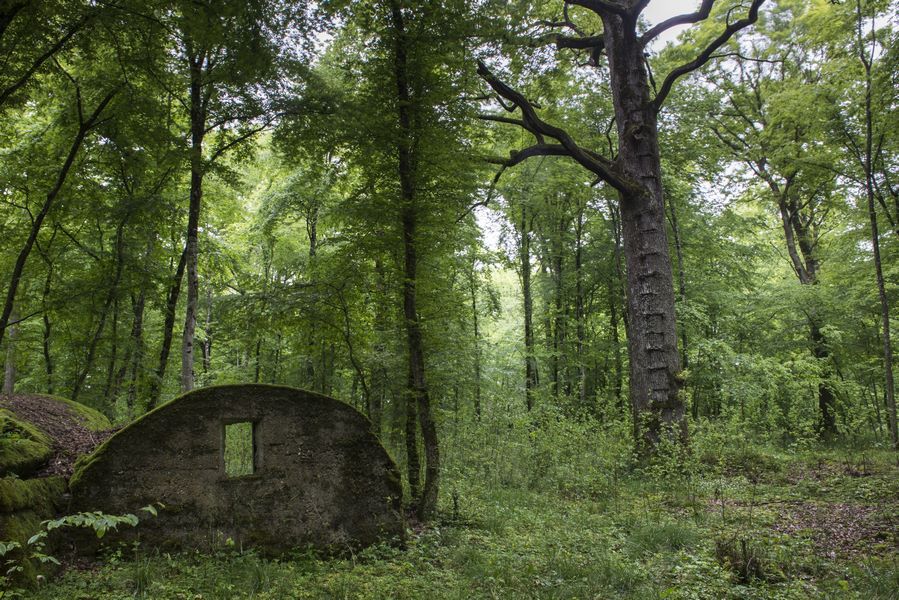
 Contact
Contact


